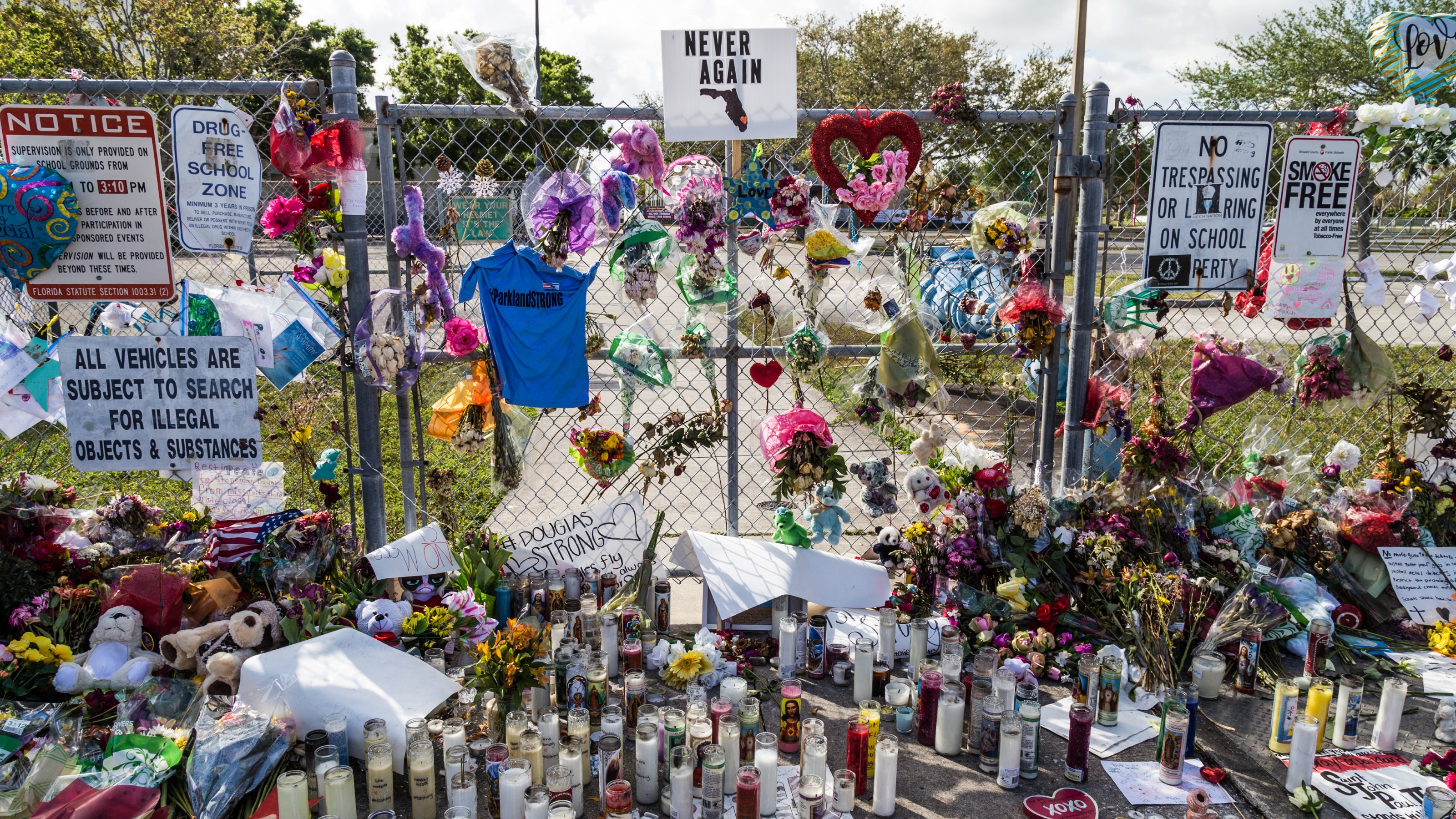Online predators: Overblown threat?
Much conversation has occurred in the educational blogging community about DOPA. One of the arguments against DOPA that hasn’t popped up that much is the fact that the perceived problem may be largely overblown. While it’s obviously important to keep children safe and protect students against online predators, it’s also equally important to keep the issue in proper perspective. Consider the following:
- Fewer children are being sexually solicited online than five years ago (see the full report by the National Center for Missing & Exploited Children, Crimes Against Children Research Center, and the U.S. Department of Justice Office of Juvenile Justice and Delinquency Prevention)
The numbers aren’t uniformly positive, of course. For example:
- About two-thirds of teenagers say that teens do things online that they wouldn’t want their parents to know about and nearly 80% of online teens say that teens aren’t careful about sharing personal information online (2006, Pew Internet & American Life Project)
The numbers are pretty clear that the proportion of online sexual solicitations that occur during school time is pretty low. This means that DOPA is a solution in search of a problem, with the concurrent effects on positive Internet tool usage and lack of opportunity to teach students about appropriate use that already have been noted.
I highly recommend you check out some of the high-quality work being done by the CCRC, CSRIU, and others. If we’re going to hype ourselves up about these issues, we should at least have a solid factual base to undergird our conversations.




